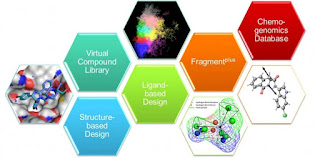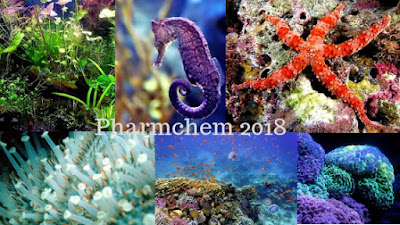
CHEMOINFORMATICS IN DRUG DISCOVERY & DEVELOPMENT Due to the complex structures of biomolecules which are responsible for disease such as AIDS, Cancer, Autism, Alzheimer etc. discovery of drugs still remains a challenging task for medical researchers. Due to changes in various factors which includes food habit, environmental and migration in human life style it has become mandatory in recent times to design and develop a drug without any side effects. Cheminformatics deals with discovering drugs based in modern drug discovery techniques which in turn rectifies complex issues in traditional drug discovery system. For better understanding of complex structures of chemical compounds cheminformatics tools are most prominent. Cheminformatics drug Discovery is a new emerging interdisciplinary field which primarily aims to discover Novel Chemical Entities which ultimately results in design of new molecule. It also plays an important role for collecting, stor

